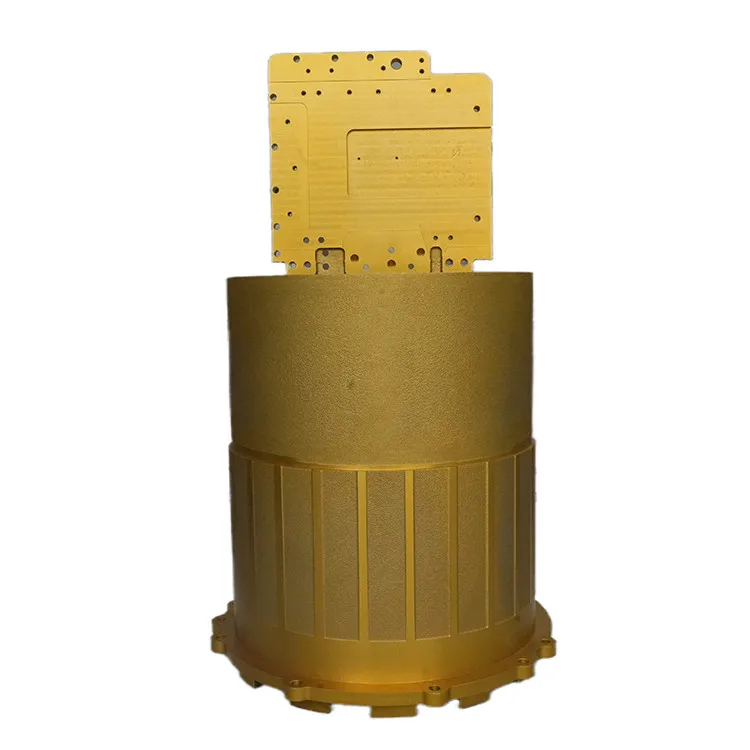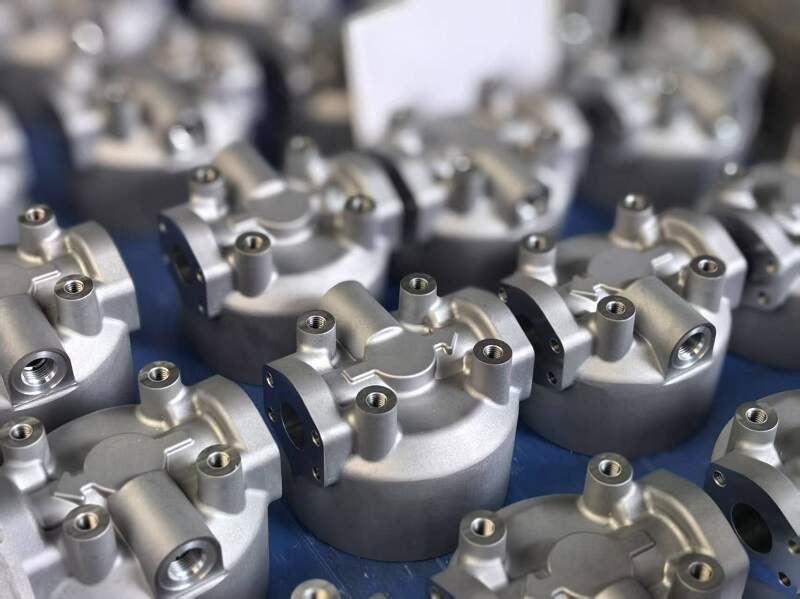Expert Breakdown of Aluminum Foundry from Start to Finish
Understanding Aluminum Casting: A Comprehensive Guide to Its Applications and benefits
Aluminum casting is a procedure that transforms molten aluminum right into strong kinds through various strategies. This method uses significant advantages, such as light-weight stamina and corrosion resistance. It discovers applications in numerous sectors, reflecting its convenience. Comprehending the details of aluminum casting and its ideal practices can greatly affect the top quality of the final item. Discovering these elements exposes the real capacity of aluminum casting in modern-day manufacturing.
The Fundamentals of Aluminum Casting
Aluminum casting is a manufacturing process that transforms molten aluminum right into solid objects with different strategies. This process starts with home heating aluminum until it reaches its melting point, allowing it to flow into molds. There are several approaches of aluminum casting, consisting of sand casting, pass away casting, and investment casting, each appropriate for various applications based on design complexity and production quantity.
In sand casting, molds are created using sand, supplying flexibility for complex shapes. Pass away casting involves requiring liquified aluminum right into a steel mold under high stress, leading to specific and repeatable parts. Investment casting, on the other hand, uses a wax pattern that is covered with ceramic to develop in-depth components.
After the aluminum cools and strengthens, the molds are eliminated, exposing the ended up products. This casting process is essential in different sectors, including automotive, aerospace, and durable goods, making it possible for the development of resilient and lightweight parts.
Benefits of Aluminum Casting
One of the vital advantages of aluminum casting depends on its capacity to generate lightweight yet strong parts. This special combination makes aluminum an optimal choice for numerous sectors, consisting of automobile, aerospace, and durable goods. The intrinsic deterioration resistance of aluminum also improves the resilience of the actors elements, prolonging their life-span and decreasing the demand for maintenance.
Additionally, aluminum casting enables for complex styles and complicated geometries, which can cause much more efficient and visually pleasing items. The product's superb thermal and electrical conductivity further increases its applications, particularly in electronics and warm exchangers.
Moreover, aluminum recycling is very efficient, adding to ecological sustainability and lowering manufacturing expenses. Generally, the advantages of aluminum casting setting it as a functional and practical option for manufacturers seeking to enhance performance while lessening weight and source use.
Typical Approaches of Aluminum Casting
While various techniques exist for aluminum casting, each method uses distinct advantages customized to certain applications. The most usual approaches consist of sand casting, pass away casting, and financial investment casting.
Sand casting, recognized for its flexibility, makes use of sand molds to produce complicated shapes and appropriates for both small and big production runs. Die casting, on the other hand, employs high-pressure injection of liquified aluminum into steel molds, causing specific measurements and smooth surface areas, making it excellent for automation.
Financial investment casting, often described as lost-wax casting, entails producing a wax pattern covered with a ceramic shell. Aluminum Casting Company. As soon as the wax is disappeared, molten aluminum is put right into the cavity, generating elaborate styles and superb surface coatings
Each of these approaches plays a crucial duty in the aluminum casting landscape, providing certain benefits that deal with differing manufacturing needs and manufacturing scales.
Applications Across Industries
The versatility of aluminum casting approaches enables resource a wide variety of applications across various markets. In the auto market, lightweight aluminum parts improve gas performance and performance, adding to the expanding need for electrical cars. Aerospace industries use aluminum castings for their strength-to-weight proportion, ensuring safety and security and sturdiness in airplane manufacturing.
The construction market take advantage of aluminum casting with building aspects and architectural elements that stand up to corrosion and require minimal maintenance. Furthermore, consumer electronic devices makers use aluminum spreadings for structures and real estates, stabilizing visual appeals with capability.
In the marine market, aluminum castings are favored for boats and aquatic equipment because of their resistance to deep sea rust. The clinical area utilizes aluminum spreadings in surgical tools and tools, ensuring precision and dependability. In general, aluminum casting's flexibility allows it to meet the diverse needs of numerous sectors, making it a vital production process.
Finest Practices for Effective Aluminum Casting
Successful aluminum casting depends on a combination of mindful preparation, exact implementation, and detailed quality assurance. Choosing high-quality aluminum alloys is essential, as they directly affect the casting's residential or commercial properties and performance. Proper mold and mildew design is important, assuring that it accommodates thermal tightening and minimizes defects.
During the melting process, avoiding and maintaining the correct temperature level contamination are essential to attaining an uniform alloy. In addition, making use of reliable putting strategies can improve the filling of molds, decreasing the likelihood of air pockets or additions.
Post-casting, applying detailed assessment methods, such as visual analyses and non-destructive screening, guarantees that defects are determined early. Utilizing strenuous top quality control steps throughout the procedure helps keep consistency and dependability in the final items. By sticking to imp source these finest techniques, makers can significantly enhance the success and efficiency of their aluminum casting operations.
Regularly Asked Questions
What Precaution Should Be Taken During Aluminum Casting?

Just How Can Issues in Aluminum Castings Be Reduced?
Defects in aluminum castings can be minimized through careful mold layout, proper temperature control, guaranteeing clean metal, utilizing suitable pouring techniques, and carrying out complete inspections to identify and deal with concerns prior to settling the casting process.

What Is the Ecological Effect of Aluminum Casting?
The ecological influence of aluminum casting includes energy-intensive procedures, greenhouse gas exhausts, and resource removal problems. Developments in recycling and lasting techniques can mitigate these results, promoting an extra environmentally friendly method to aluminum manufacturing.
Can Aluminum Casting Be Reused?
Yes, aluminum casting can be recycled effectively. The recycling procedure requires considerably less power compared to primary aluminum production, making it an eco-friendly alternative that contributes to source preservation and lowered carbon emissions.
What Are the Expenses Connected With Aluminum Casting Processes?
Costs associated with aluminum casting processes include product expenditures, labor, equipment upkeep, energy intake, and mold fabrication. These aspects can differ substantially based upon manufacturing scale, intricacy of styles, and details production techniques used.
Aluminum casting is a procedure that changes molten aluminum into solid kinds via various strategies. Aluminum casting is a production process that transforms liquified aluminum right into solid things through investigate this site different strategies. While various techniques exist for aluminum casting, each method uses unique benefits customized to details applications. The environmental impact of aluminum casting includes energy-intensive processes, greenhouse gas discharges, and source removal concerns. Prices connected with aluminum casting procedures include material expenses, labor, equipment maintenance, energy consumption, and mold and mildew construction.